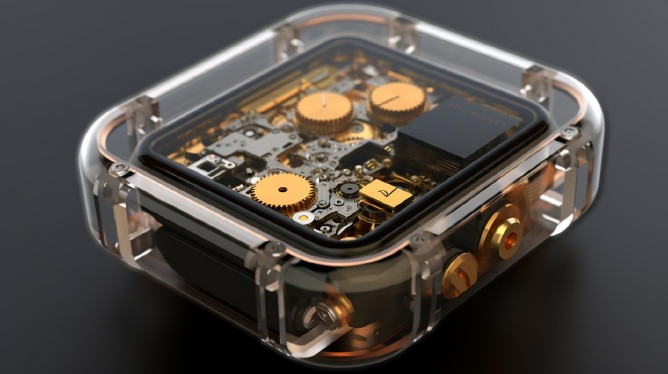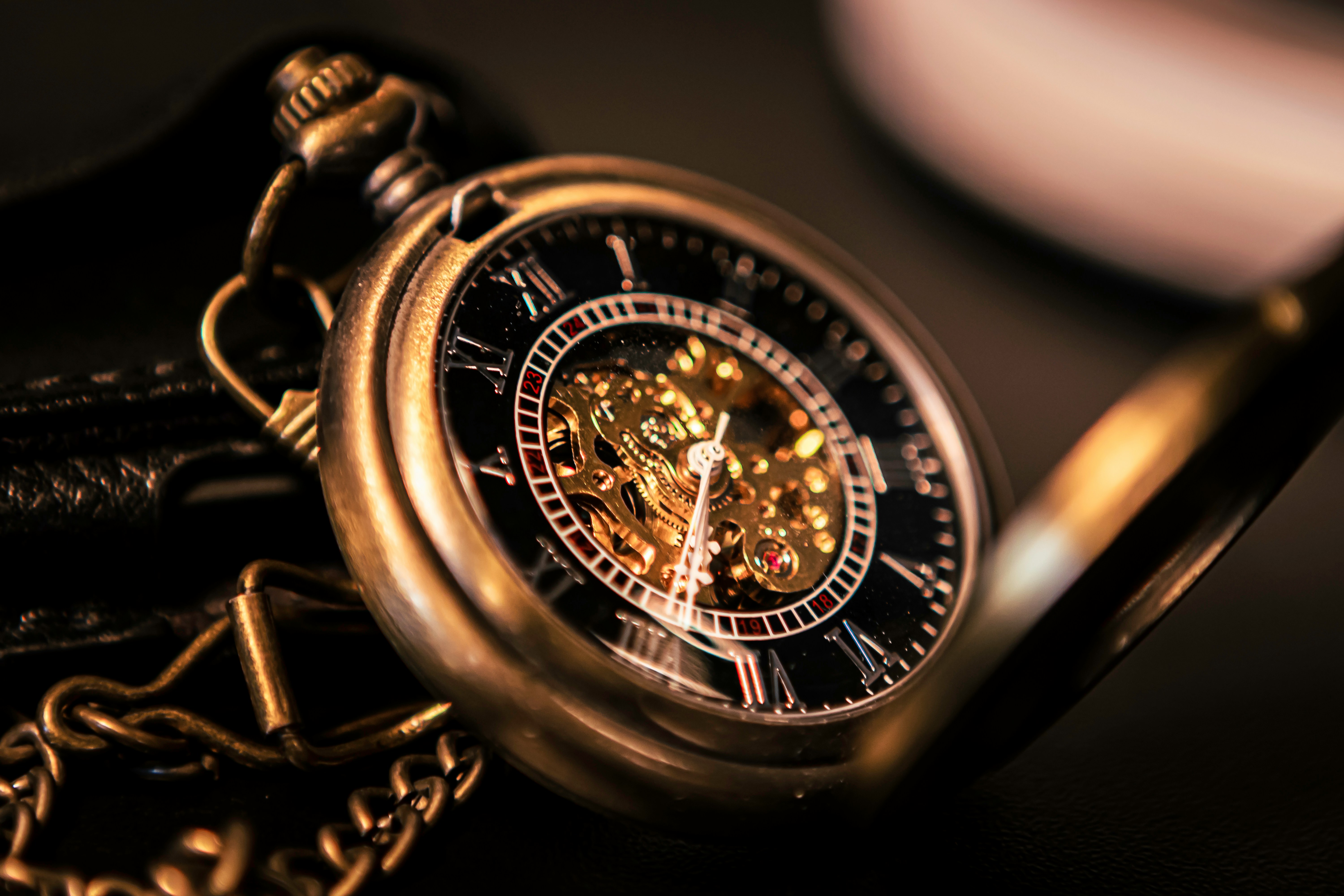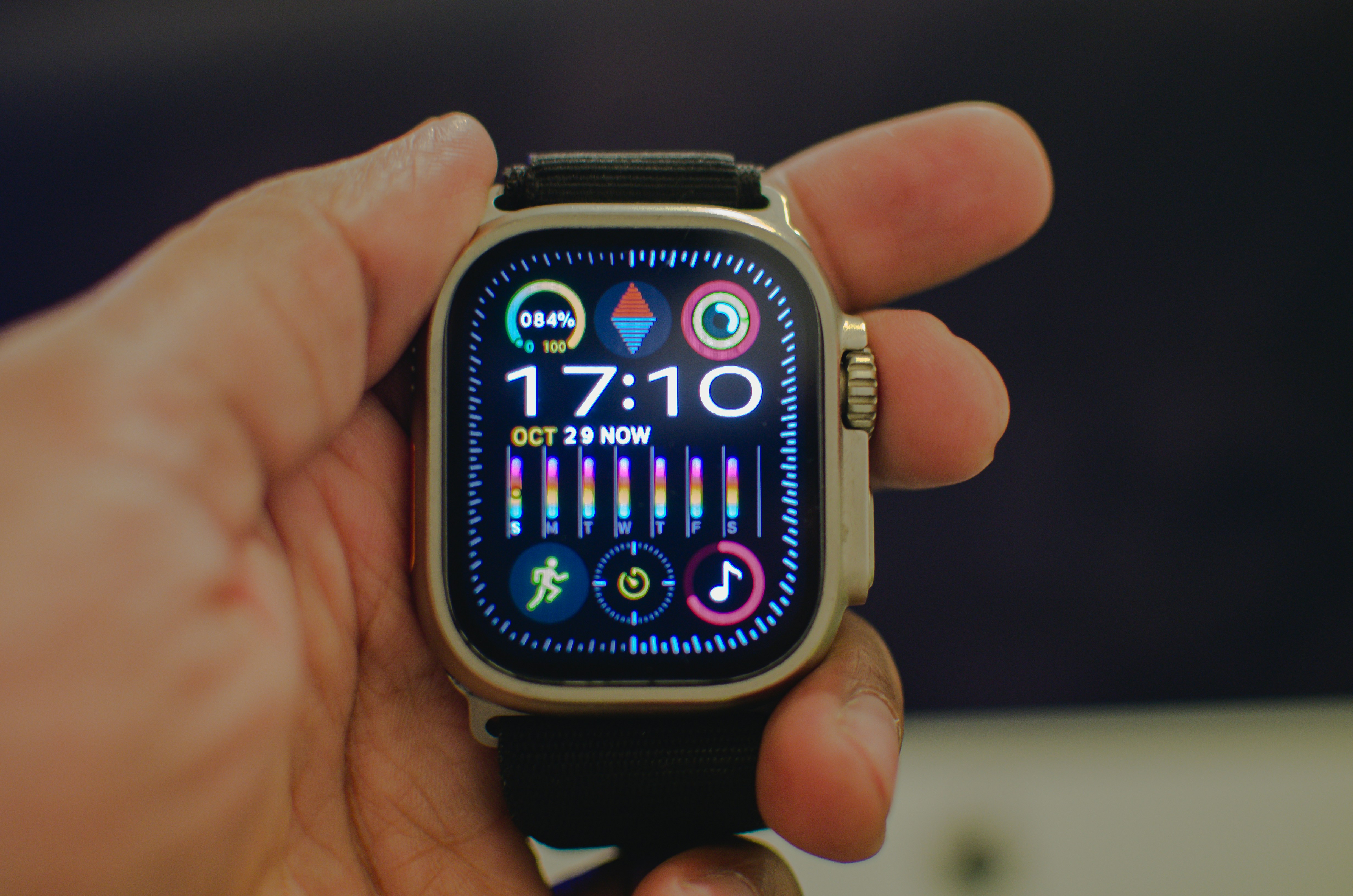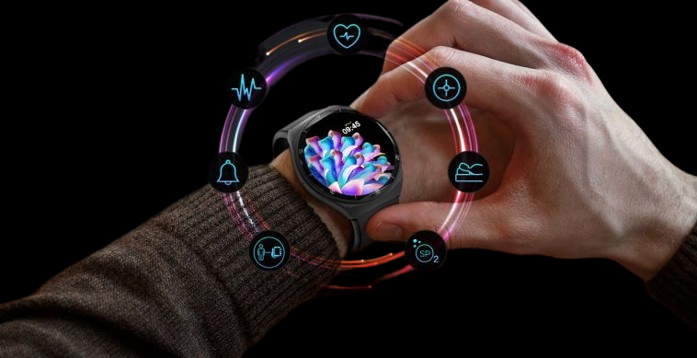Smartwatches function as mini-computers, integrating sensors, processors, and batteries with specialized software to deliver a wide range of functionalities. These devices sync with your smartphone via Bluetooth or Wi-Fi, enabling you to receive notifications, track fitness metrics, and even respond to messages directly from your wrist. Popular operating systems like Apple's watchOS, Google's Wear OS, and Samsung's Tizen power these devices, providing a seamless user experience.
How Do Smartwatches Work?

When Did Smartwatches Come Into Being?

The first commercially successful smartwatch was the Seiko RC-1000, released in 1984. However, modern smartwatches as we know them today gained popularity with the launch of the Pebble Watch in 2013 and the Apple Watch in 2015. These developments brought smartwatches into the mainstream, making a them a widely accepted and essential piece of wearable technology in today's world. The evolution of smartwatches has been driven by the integration of advanced features such as health monitoring, fitness tracking, and seamless connectivity with smartphones, making them an indispensable accessory for tech enthusiasts and fitness buffs alike.
Health and Fitness Tracking
One of the key features of smartwatches is their ability to monitor various health parameters. These wearable devices have revolutionized the way we track our health and fitness by providing real-time data and insights. Here's how they do it:
Blood Pressure Measurement
Smartwatches measure blood pressure using optical sensors and photoplethysmography (PPG) technology. By emitting light into the skin and analyzing the reflection, these sensors can estimate your blood pressure levels.
Sleep Tracking
By monitoring your movements and heart rate patterns, smartwatches can determine when you fall asleep, your sleep stages (light, deep, and REM), and when you wake up. This data helps you understand your sleep quality and patterns, enabling you to make informed decisions for better sleep health.
Stress Measurements
Stress levels are measured using heart rate variability (HRV) and electrodermal activity (EDA) sensors. HRV measures the variation in time between heartbeats, while EDA sensors assess sweat gland activity. Together, these parameters provide insights into your stress levels throughout the day.
Calories Burned
Calories burned are calculated using algorithms that take into account your heart rate, age, weight, gender, and physical activity level. By continuously monitoring your heart rate and movement, smartwatches can provide accurate estimates of your calorie expenditure, helping you manage your fitness goals effectively.

Smartwatch Compatibility and Features

Android Compatibility
Smartwatches like the Samsung Galaxy Watch, Fossil Gen 5, and Ticwatch Pro allow users to respond to messages directly from the watch when paired with an Android phone. These devices offer a wide range of features, including Google Assistant integration, fitness tracking, and customizable watch faces, making them a versatile choice for Android users.
iPhone Compatibility
Apple Watches are naturally the best fit for iPhone users, providing seamless integration with iOS. Other compatible smartwatches include the Garmin series, Samsung Galaxy Watch, and Fitbit Versa, each offering unique features like advanced fitness tracking, GPS, and notifications directly on your wrist.
Google Fit Compatibility
Many smartwatches, including those from brands like Fossil, Ticwatch, and Garmin, support Google Fit, allowing users to easily track and sync their fitness data across devices. This compatibility ensures that your health and fitness data is accessible and organized, helping you stay on top of your goals.
Battery Life
Battery life varies by model. Basic models can last up to a week on a single charge, while feature-rich devices like the Apple Watch typically last 1-2 days. Battery management features, such as power-saving modes and optimized charging, help extend the life of your smartwatch, making it a reliable companion for your daily activities.
Notable Brands and Pricing
Different smartwatches offer different compatibility and features. Here's a breakdown of some popular brands:
Amazfit
The Amazfit brand of smartwatches comes from Huami Corporation, a subsidiary of Xiaomi. Known for their affordable prices and powerful features, Amazfit watches have gained popularity worldwide. They offer a range of models catering to various needs, from fitness tracking to smartwatch essentials.
Garmin
Garmin is renowned for its robust and feature-packed smartwatches, particularly favored by athletes and outdoor enthusiasts. Garmin watches offer advanced metrics for running, cycling, swimming, and more, making them a top choice for those who prioritize fitness and adventure.
Apple Watch
The Apple Watch is a leader in the smartwatch market, known for its premium design, seamless integration with iOS, and a vast array of features. From health monitoring to cellular connectivity, Apple Watches are the go-to choice for those who seek a high-quality smartwatch experience.
Samsung Galaxy Watch
The Samsung Galaxy Watch series combines style with functionality, offering features like Samsung Pay, health tracking, and robust app support. With its Tizen OS, Galaxy Watches are versatile devices that cater to both casual users and tech enthusiasts.
